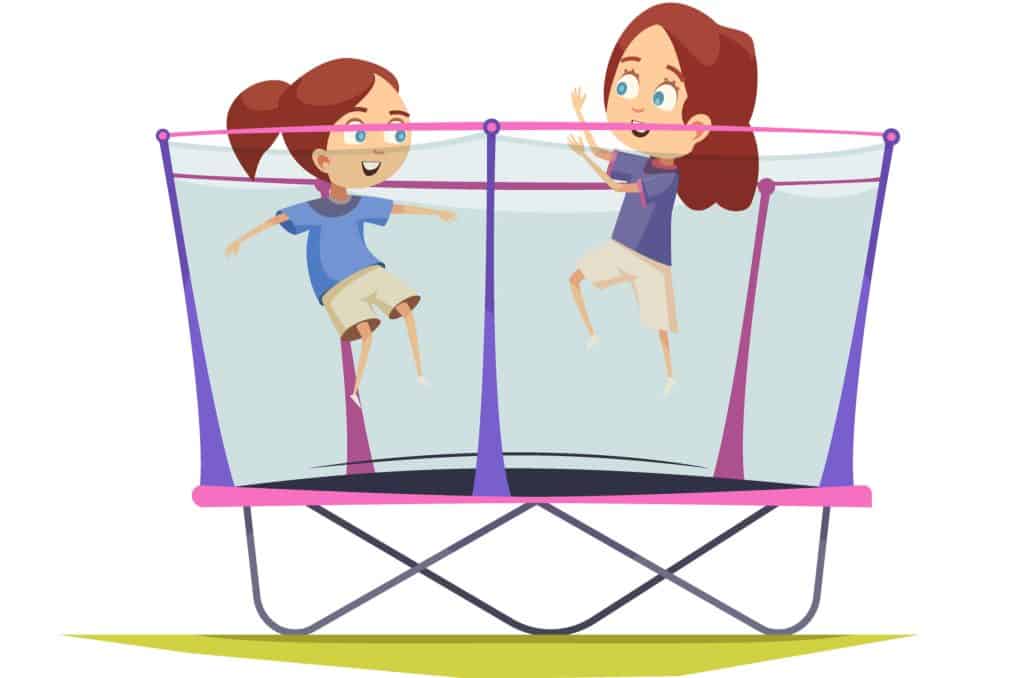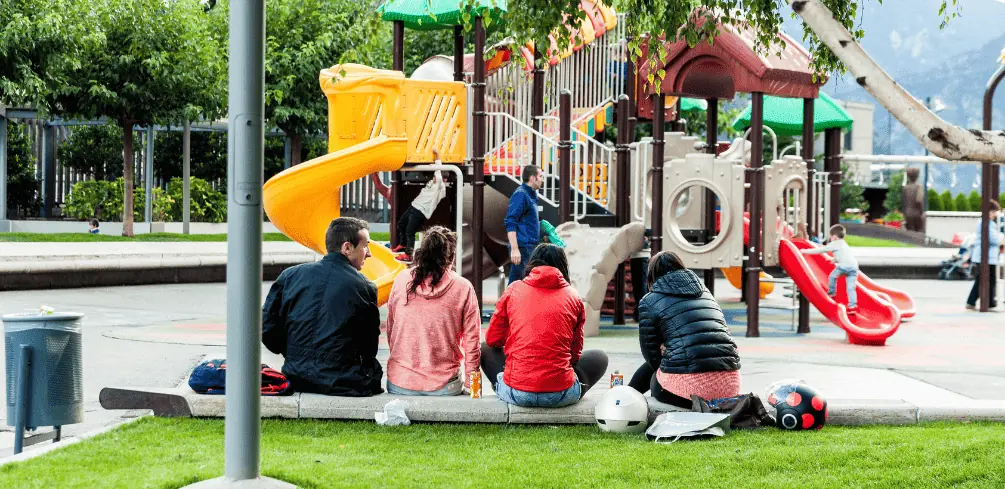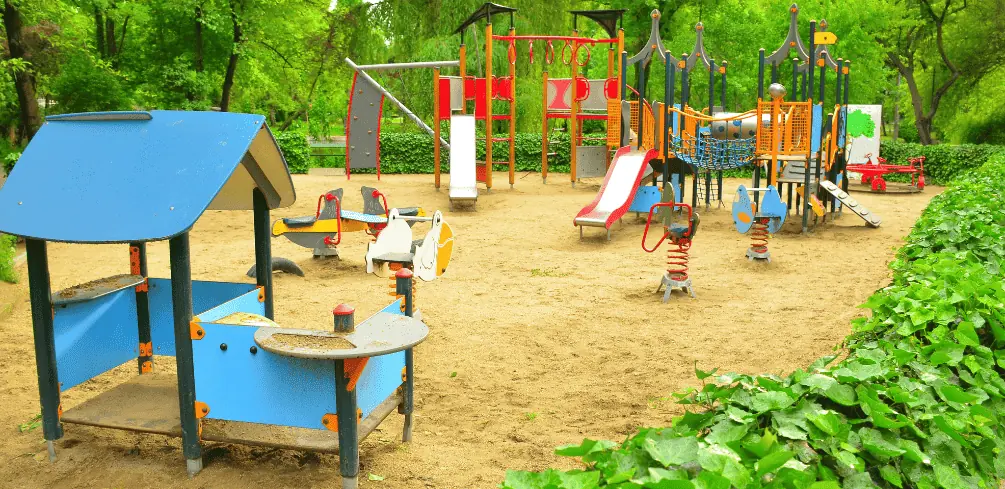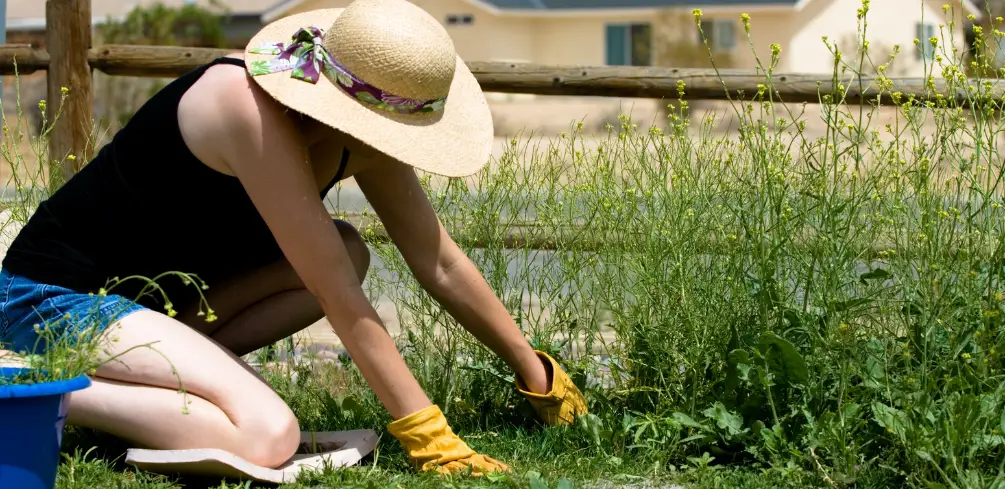As a parent, you’re always looking for fun and engaging activities to keep your little one entertained and active. Enter the trampoline: it’s not only a source of endless joy for children but also an excellent way to improve their physical fitness, coordination, and balance.
However, you might be wondering when it’s safe for your child to start using a trampoline.
Safety is paramount when it comes to children enjoying themselves on a trampoline. We understand that as a parent or caregiver, knowing when your child is ready can feel like walking a tightrope between letting them have fun and ensuring their well-being.
That’s why we’ve gathered evidence-based information and guidelines from experts in this field so that you can make an informed decision about what age should a child use a trampoline.
So let’s jump right into it (pun intended) and help you find the sweet spot between excitement and security!
Expert Recommendations and Guidelines

So, you’re wondering when it’s safe for your little one to start bouncing on a trampoline? Let’s dive into expert recommendations and guidelines!
Trampoline benefits are widely recognized, including improved balance, coordination, and overall skill development. However, injury prevention should always be the top priority.
The American Academy of Pediatrics (AAP) advises that children under the age of 6 should not use full-sized trampolines due to potential risks associated with their developing bones and motor skills.
To ensure a fun and safe experience, setting boundaries is crucial. Establish rules around only allowing one jumper at a time to minimize collisions and ensure adult supervision during every jumping session.
Additionally, teaching your child proper techniques for jumping and landing can help reduce the risk of injury. As they grow older and more confident in their abilities, they gradually introduce new jumps or tricks within their skill level.
Proper footwear is another important aspect to consider when introducing your child to trampolining. Shoes with good traction will prevent slipping while jumping; however, many experts recommend barefoot jumping as it helps promote better balance and control.If going barefoot isn’t an option or preferred choice for your family, opt for socks with non-slip grips specifically designed for trampoline use.
By following these guidelines and keeping safety in mind at all times, you’ll set up your child for success on the trampoline while reducing the risks involved. Remember that each child develops at their own pace – so if they don’t meet specific age recommendations but possess advanced motor skills or express interest in trying out a trampoline under close supervision, trust your instincts as a parent while maintaining strict safety precautions. Happy bouncing!
Assessing Your Child’s Physical Abilities

Well, you’ll want to assess your little acrobat’s physical abilities before letting them bounce into the stratosphere, because who needs age restrictions when you’ve got raw talent? Motor skill development, balance milestones, and coordination assessment are all critical factors to consider before allowing your child to use a trampoline.
Keep in mind that every child is unique, so it’s essential to evaluate their individual capabilities rather than relying solely on their age.
To help you determine if your child is ready for trampoline fun, consider the following aspects of their physical development:
| Aspect | What to Look For |
|---|---|
| Motor Skill Development | Can they perform basic gross motor skills such as running and jumping with ease? |
| Balance Milestones | Are they able to maintain balance while standing on one foot or walking along a straight line without assistance? |
| Coordination Assessment | Can they coordinate both sides of their body during activities like climbing or throwing a ball? |
| Strength Evaluation | Do they have the necessary muscle strength in their legs and core to support themselves during jumping activities? |
| Confidence Building | Are they comfortable trying new physical activities and show enthusiasm for learning new skills? |
By assessing each of these areas, you can gain insights into whether your child has the foundational skills needed for safe trampoline use.
Additionally, it’s important not only to focus on their current abilities but also to provide opportunities for them to practice these skills through playtime or structured activities designed specifically for building strength and coordination.
Remember that even if your child demonstrates exceptional physical abilities at an early age, safety should always be your top priority. Supervise them closely while using the trampoline and ensure that proper safety measures are in place—such as net enclosures and padding around springs—to avoid potential injuries.
As parents, we must recognize our children’s individual strengths and capabilities while prioritizing their well-being above all else. By doing so, you can create a fun and safe environment for your child to develop crucial skills, build confidence, and enjoy the exhilarating world of trampoline bouncing!
Types of Trampolines and Safety Features

Now that you’ve assessed your little one’s physical abilities, it’s time to explore the different types of trampolines and their safety features to ensure a thrilling yet secure bouncing experience.
Mini trampolines are an excellent choice for young children, as they typically have lower weight limits and provide a smaller jumping surface, reducing the risk of injury.
Enclosure nets are another essential safety feature to consider, as they prevent children from falling off the trampoline while playing. Some models even come with springless designs that minimize pinch points and further increase safety.
When choosing a trampoline for your child, always pay close attention to weight limits. A trampoline designed for older kids or adults may not be suitable for younger ones due to its higher weight capacity and larger jumping area. Be sure to select a model that aligns with your child’s age range and physical abilities so they can enjoy bouncing without any unnecessary risks.
Proper footwear is another crucial factor in maintaining a safe environment on the trampoline. Children should wear well-fitting shoes with non-slip soles to maximize grip while jumping on the bouncy surface.
Alternatively, some parents prefer their kids to jump barefoot or in socks with grips on the bottom to avoid slipping accidents. Regardless of which option you choose, ensuring proper foot support will help keep your little one safe during playtime.
Safety should always be at the forefront when selecting a trampoline for your child; however, don’t forget about fun! Look for models featuring bright colors or fun patterns that will excite and engage your little one – after all, playtime is meant to be enjoyable!
By considering factors like mini trampolines, enclosure nets, springless designs, weight limits, and proper footwear; you’ll help create an exciting yet secure environment where your child can safely explore their newfound love of bouncing around on this exhilarating piece of equipment.
Adult Supervision and Safety Tips

While it’s essential to pick the right trampoline and gear, nothing beats constant adult supervision in ensuring your little one’s safety during their exhilarating bouncing sessions. Parental presence is crucial for injury prevention, as kids may not be aware of potential hazards or might not follow safety rules when no one is watching.
Furthermore, a watchful eye can ensure that your child wears appropriate safety gear and practices proper techniques.
As you observe your child on the trampoline, make sure to set boundaries for safe play. Establishing clear rules will help them develop responsible habits while using the trampoline. You may refer to the table below that highlights some essential aspects of trampoline usage:
| Safety Tips | Explanation |
|---|---|
| One person at a time | Multiple jumpers increase the chances of collision and injury |
| No flips or stunts | Flips and stunts put extra strain on the neck/spine |
| Use a safety net | Enclosure prevents falling off or jumping out |
| Place on even ground | Uneven surfaces may cause instability |
| Regular maintenance | Ensure springs, padding, and mats are in good condition |
Teach your child proper techniques for jumping by demonstrating how to maintain balance with controlled jumps and landing on both feet at once.
Encourage them to use their arms for added stability when jumping. It’s also important to remind them about taking breaks between jumps; overexertion can lead to dizziness or fatigue which could result in accidents.
Keeping these guidelines in mind will ensure that your child enjoys their trampoline experience safely under adult supervision. Remember that setting boundaries, teaching proper techniques, providing appropriate safety gear, and maintaining parental presence are all vital components of preventing injuries while still allowing your little one to have fun bouncing away!
Conclusion
In conclusion, it’s essential to keep your child’s safety as the top priority when introducing them to trampolining. Experts recommend waiting until they’re at least six years old before letting them jump on a trampoline.
Surprisingly, about 100,000 trampoline-related injuries occur in the US each year. So always ensure adult supervision and consider your child’s physical abilities while choosing a suitable trampoline with proper safety features.
Happy bouncing! 🏃♀️





